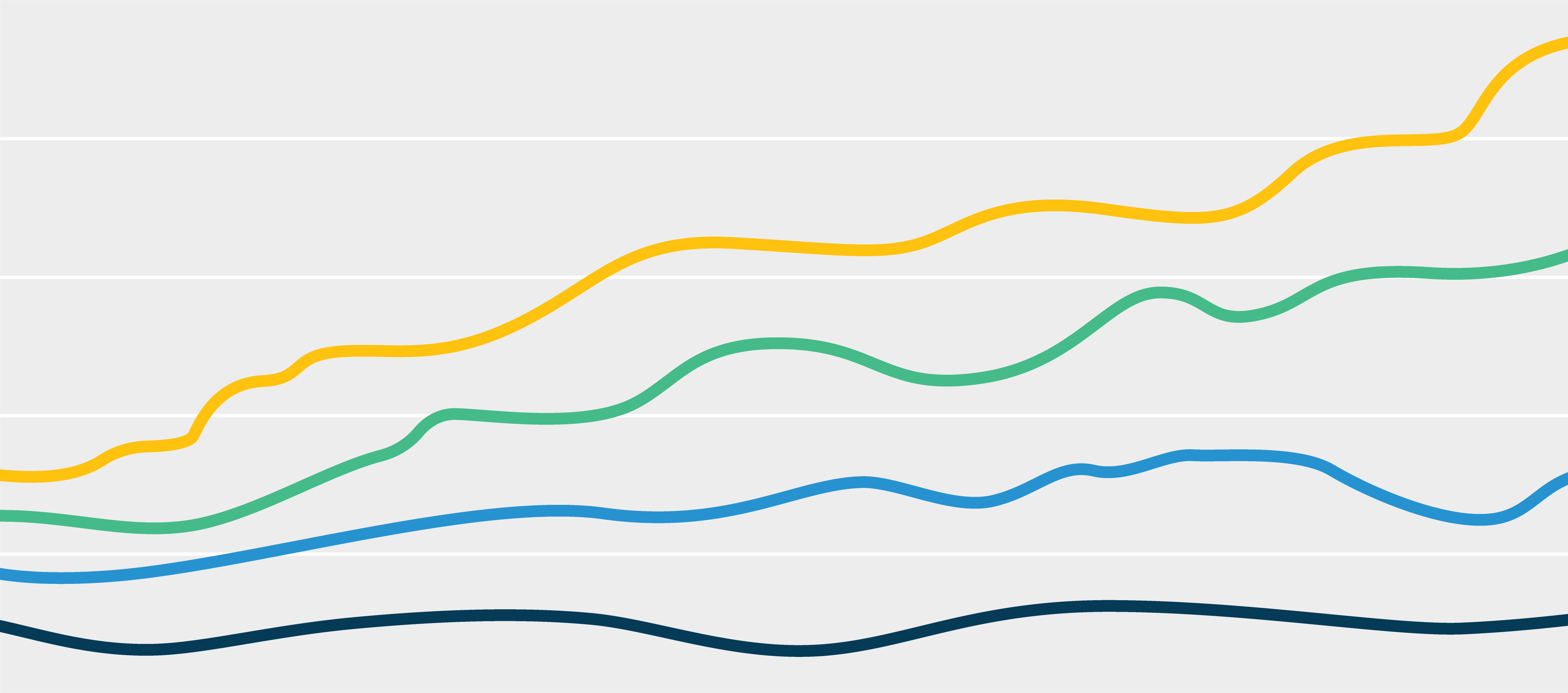The Big Story: Health Disparities Cost the U.S. Economy $451 Billion in 2018
“The exorbitant cost of health disparities is diminishing U.S. economic potential. We have a clear call to action to address social and structural factors that negatively impact not only population health, but also economic growth.”
What it Means for Us
The numbers are absolutely mind blowing. Consider that in Massachusetts alone, health disparities for people of color cost $6 billion a year.
And so, on the eve of Juneteenth, an observance commemorating the emancipation of enslaved Black Americans, it’s important to take stock of where we are today. Black and African American individuals continue to have the worst measures and outcomes on many health issues: mortality, maternal mortality, rate of disease, late or delayed diagnoses.
Yes, there has been some positive traction, with awareness of and movement around equity across marginalized groups in the corporate and healthcare worlds increasingly happening. Consider:
- Across industries in the year following the murder of George Floyd, the rate of hiring chief diversity officers and equivalent roles tripled among S&P 500 companies. (Caveat: There are concerns about high turnover among chief diversity officers who too often are not adequately funded and resourced to do the work they’re tasked with.)
- There has been ongoing conversation, along with active reforms, to reduce systemic inequity across society.
- In healthcare, the percentage of Black doctors has ticked up, from 5.0 percent in 2018 to 5.7 percent in 2022. That’s a 14 percent increase in four years.
- Provider organizations are increasingly prioritizing diversity, equity and inclusion (DEI) and health equity, proactively building it into their service line metrics. And for those who haven’t already taken the plunge, CMS and others are focusing on health equity and requiring health systems to report social determinants of health data.
Overall though, “‘There hasn’t been a lot of progress in 20 years,’ said Brian Smedley, a health equity and policy researcher with the Urban Institute.” That’s from part one of a two-part STAT report on health disparities and DEI efforts within healthcare.
As we reflect on history and where we are now, what are some things healthcare leaders and MarComm teams can pursue to further this high-stakes mission?
Unite. Connect everything to your mission and shared purpose. Your organization is uniquely diverse in religion, politics, gender, ethnicity, background and more. Many may still not be familiar with the full history of social and economic inequalities and the connection to health disparities among marginalized groups. Others are likely uncomfortable with those topics. Political tension remains high. Use this time to spread a message of shared mission – the aim to care for everyone, equitably. To give everyone an opportunity to live a healthy life by treating them as individuals and meeting their unique needs. To provide growth opportunities for every employee and clinician, helping everyone with a badge to work towards their own personal fulfillment. There will always be differences, but the mission to care is apolitical. From this foundation, the next steps flow naturally.
Engage. Round on the floors of your facilities. Talk to your staff – and not just on Juneteenth. Find out from your managers and team leads who has arrived at your organization with a powerful story of working towards a more equitable society. Hear their story. Ask what they see happening – whether positive change or ongoing inequity – among their family and friends. Critically, don’t do this through the lens of PR. Yes, there may be incredible opportunities to highlight these individuals publicly, but that’s not the first intent. Instead, the goal is to join a conversation with transparency and humility as a mechanism to better understand what’s taking place at the ground level. Then, taking that information as inspiration and practical guidance for advancing DEI and health equity.
Educate. Don’t forget that many of your employees and physicians have not been historically underrepresented. Majority populations – particularly white males – continue to remain a majority within healthcare and its leadership ranks. Give your entire workforce a place to converse and ask questions in good faith. That vulnerability – on both sides of the conversation – is a powerful way to strengthen ties within teams. And those threads can weave together across an organization and then society into a more unified effort towards equity.
Equip. Get serious about cultural competency training across your organization. Make sure this vital work is rooted in the goal of having a culture of inclusion, not just a box-checking exercise. It’s not about online modules or the once-a-year presentation. Instead, it’s interactive, ongoing and engaging conversations that leave room for questions and discussion. Uncomfortable? Maybe. Help everyone understand the purpose of the training is to help the entire organization better fulfill its mission.
Identify. Always have your radar up for people who can speak directly to the populations you serve in an authentic, culturally competent way, or who come from the communities you’re working to reach. Take this opportunity to solicit feedback from across your organization on who is already doing outreach, who has stood out as a communicator, who has a unique connection with the patients they see. Give those individuals the opportunity – ask, don’t push – and the resources to advance the outreach work they’ve already taken on themselves.
Listen. Check your community feedback mechanisms. Just as physicians want to know what’s going on within the hospital and provide feedback, patients and the community want to be involved, too. Especially when it comes to the work you’re doing on health equity, charity care and community services. Is your organization sending people out – maybe the messengers noted above – into the community to regularly listen and report back? Are your social media accounts set up to propagate and receive information? Is your team monitoring those accounts for messages? Is your executive team regularly meeting with community leaders to answer questions and collaborate on solutions?
This is difficult, mission-critical work. With so many different moving pieces, MarComm and other teams working to advance DEI and health equity can inadvertently miss the opportunity – the need – to address the concerns and needs of different groups. Those gaps aren’t recognized because even the most robust data isn’t always inclusive of everyone in need. The ideas above will help healthcare organizations slow down and see those who were previously unseen. And that’s when the promise of equity can begin to be realized.
Contributors: Tommy Barbee, Emme Baxter, Nina Buckhalter, Allyson Carr, David Shifrin, Tana Watanabe
Image Credit: Shannon Threadgill




